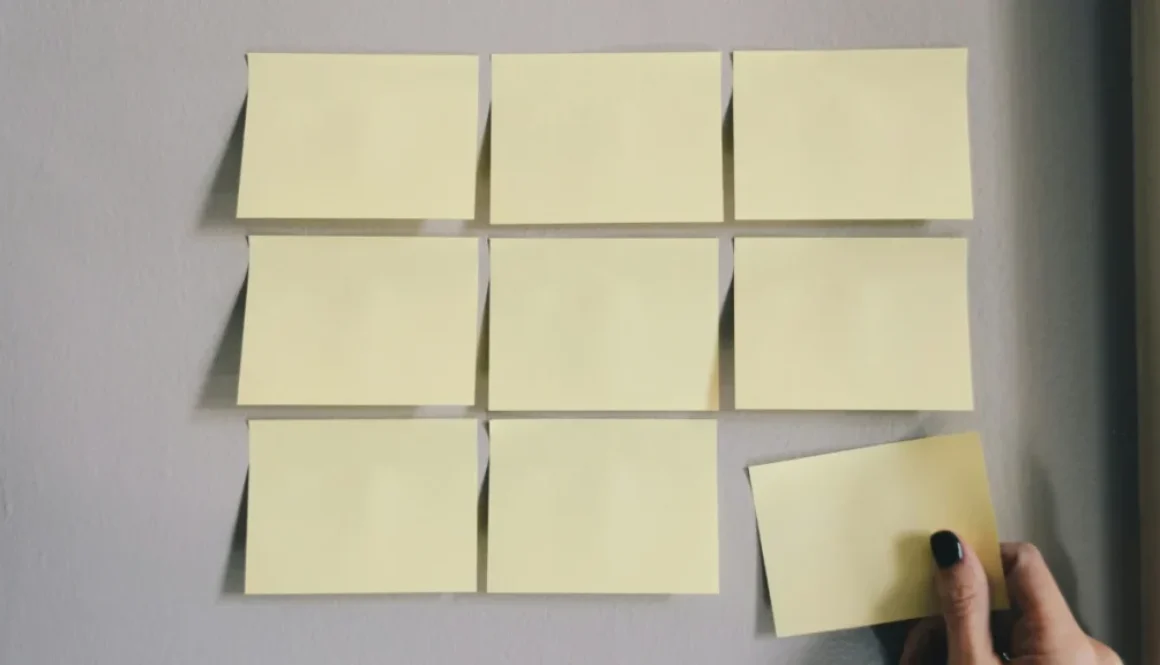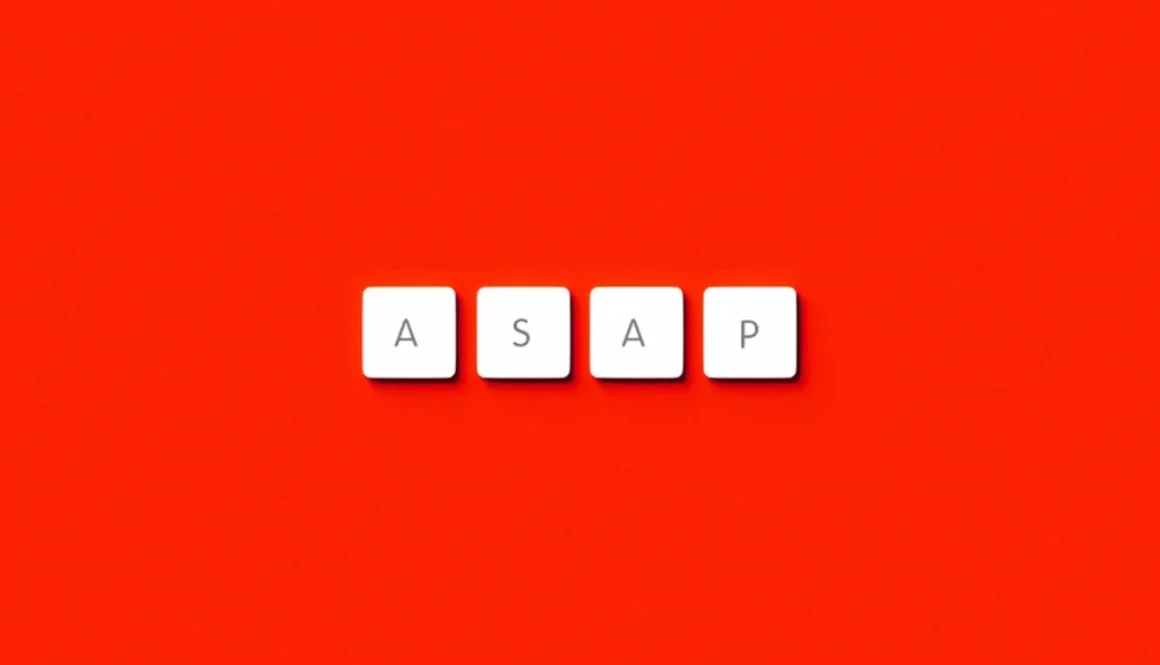Ultradian Rhythms: The Hidden Key to Peak Energy Management
Have you ever pushed through an afternoon slump with coffee, only to crash harder later? You’re fighting your biology. Unlike the well-known circadian rhythm, your body operates on ultradian rhythms—90-120 minute energy cycles that dictate your focus, creativity, and stamina.
In this blog, you’ll discover:
✔ What ultradian rhythms are (and how they control your productivity)
✔ Why the 8-hour workday is scientifically flawed
✔ How top performers structure their days around energy, not time
✔ Simple hacks to align your schedule with your body’s natural peaks
Let’s ditch the burnout cycle and work with your biology instead of against it.
Ultradian Rhythms 101: Your Body’s Natural Work Cycles
Discovered by sleep researcher Nathaniel Kleitman (who also identified REM cycles), ultradian rhythms are:
Biological cycles shorter than 24 hours that govern your energy, focus, and recovery needs throughout the day.
The 90-Minute Productivity Pulse
-
Peak Phase (60-90 mins):
-
High focus capacity
-
Optimal problem-solving
-
Best for deep work
-
-
Recovery Phase (20-30 mins):
-
Mental clarity drops
-
Body demands rest
-
Physical signs (yawning, hunger, restlessness)
-
Ignoring these signals is like redlining a car engine—you’ll burn out faster.
Why the Modern Work Schedule Works Against You
The 8-Hour Workday Myth
Industrial-era factories needed consistent human machinery—but knowledge work thrives on pulsed effort. Studies show:
-
Office workers are only truly productive for 2 hours 53 minutes/day (Vouchercloud)
-
Elite performers (athletes, musicians, CEOs) work in 90-minute sprints with recovery breaks
The Cost of Ignoring Rhythms
⚠ Decision fatigue – 50% worse choices after 4 hours of continuous work (PNAS study)
⚠ Creative blocks – Forced output during low-energy phases yields inferior ideas
⚠ Chronic stress – Elevated cortisol from over-riding natural recovery signals
4 Science-Backed Ways to Hack Your Ultradian Rhythms
1. Schedule by Energy, Not Hours
-
Peak Energy (AM): Strategic work (planning, creating, problem-solving)
-
Recovery Phase: Administrative tasks (emails, meetings, routine work)
-
Secondary Peak (Late PM): Collaborative work (brainstorms, calls)
Pro Tip: Track your energy for 3 days to identify personal patterns.
2. The 90/20 Rule
-
Work for 90 minutes
-
Recover for 20 minutes (no screens!)
-
Walk outside
-
Hydrate
-
Power nap (10-15 mins)
-
3. Sync Breaks With Body Signals
When you notice:
☑ Yawning
☑ Hunger pangs
☑ Wandering focus
…that’s your body’s “low battery” alert—not a lack of discipline.
4. Protect Your Peak Phases
-
Turn off notifications
-
Use apps like Freedom to block distractions
-
Communicate availability (“Deep work until 11:30—then available for quick questions”)
Real-World Results From Rhythm Alignment
✅ Writer’s Output: Haruki Murakami writes for exactly 2 ultra-pulses (3 hours) daily—producing 10+ novels
✅ Surgical Performance: Surgeons make 50% fewer errors when operating during peak ultradian phases
✅ Corporate Experiments: Companies like Basecamp report higher-quality output with 4-hour focused workdays
When to Override Your Rhythms (Sparingly)
While ultradian rhythms are powerful, sometimes you need flexibility:
⚠ Client deadlines – Work extra cycles, but compensate with longer recovery
⚠ Time zone challenges – Gradually adjust rhythms before critical meetings
⚠ Creative flow – Rare “in the zone” moments can extend beyond 90 minutes
Key principle: Exceptions shouldn’t become the rule.
Your Ultradian Rhythm Cheat Sheet
Time Since Waking | Ideal Activity |
0-90 mins | Strategic work |
90-120 mins | Recovery break |
120-210 mins | Execution work |
210-240 mins | Social/collab |
*Repeat 2-3 cycles daily for sustainable high performance.*
Final Thoughts
Your body isn’t designed for marathon focus sessions. By honoring ultradian rhythms, you:
✔ Achieve more in less time
✔ Reduce stress and burnout
✔ Unlock consistent creativity
Try this tomorrow: Replace your to-do list with an energy map—schedule tasks based on predicted energy levels, not urgency.
How do you currently manage energy dips? Share your best hacks below!



